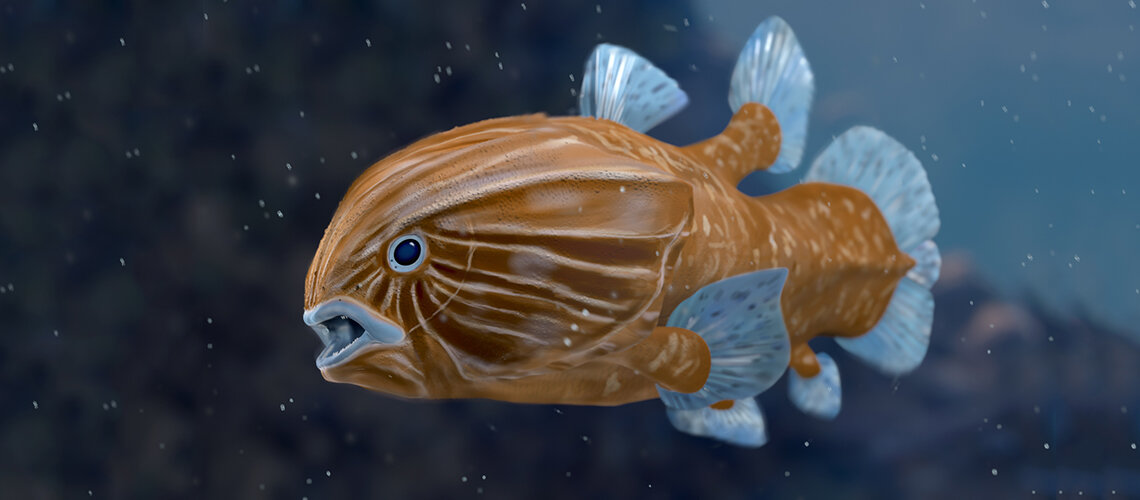The study of a new species of coelacanth from the Middle Triassic period, with a strange morphology for these fish known as “living fossil,” show the formation of several species in a short time, after a mass extinction that occurred 252 million years ago, with more than 80% of marine species disappearing.
Researchers from the Museum of Natural History of Geneva and the University of Geneva (UNIGE) have compared fossils discovered in the Grisons and in Ticino. Their findings are published in the journal Scientific Reports.
Coelacanths are strange fish that are currently only known from two species found along the East African coast and in Indonesia. Their fins, among other characteristics, show that these animals are evolutionarily closer to terrestrial vertebrates, including humans, than to other fish. They therefore give an idea of our species’ fish ancestor looked like. Over the 420 million years that the coelacanth lineage has existed, the various species have evolved quite slowly, earning them the nickname “living fossils.”
A few years ago, two coelacanth fossils, discovered in Triassic rocks in the Grisons region of eastern Switzerland, turned out to belong to a new very strange-looking species, Foreyia maxkuhni, with a very short body and a dome-shaped skull.
This initial discovery prompted researchers to look at other coelacanth fossils discovered in the UNESCO World Heritage site of Monte San Giorgio in Ticino (Italian Switzerland). These fossils are the same age as those from Grisons. These specimens were discovered in the mid-20th century and are preserved in the Paleontological Museum of Zurich. They have never been studied in detail because of the difficulty of interpreting them.
2023-07-20 12:00:03
Post from phys.org
